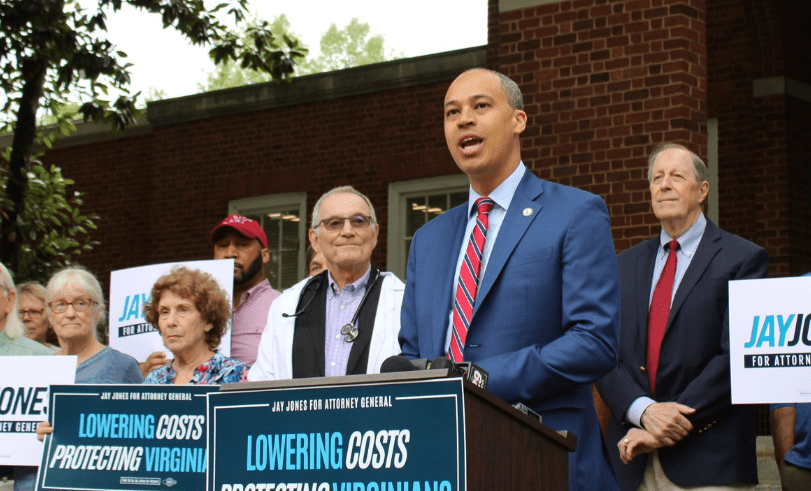
(Photo from Shutterstock)
- Kimberly Ross says a future with more marriages and families is a better future for everyone. We all know this. But getting there? That’s another story.
A recent report by the Centers for Disease Control shows that the U.S. fertility rate currently stands at 1.6 children per woman. This is below replacement levels. In free and prosperous countries, this is eventually bound to happen. Americans aren’t forced by the government to have children. There is no population control in either direction. But the trend is troubling and part of a broader, worldwide problem.
Lower fertility rates impact both the present and long-term health of a nation. It not only affects our social fabric, since families are the cornerstone, but harms our economic health.
The solution is easy: have more babies. But everyone already knows that. The real questions? Why are we at this point in the first place? And how do we shake off the complacency and disinterest that have enveloped the younger generations?
There is nothing new about the 20-something lust for personal and pleasure pursuits. Such a thing is not particular to young adults in 2025. It is a mindset that existed in our parents’ generations and those before that as well. The feelings of boundlessness, invincibility, and the false belief in an endless span of time that lies ahead are all nothing new. What is new, however, is the degree to which these things take root and disrupt the natural order. A major reason for this is social media. Even older Millennials such as myself didn’t have this pressure during our immediate post-college years. All these things combine and can help delay what was once considered inevitable.
One of the responses from younger Americans when asked about their plans for marriage and family deals with the financial aspects involved. It is clear costs are rising and purchasing a home and providing for a family are expensive endeavors. But placing a family on the backburner or deciding to forego it completely because of cost is not the solution. The idea of “readiness” takes root and young adults convince themselves that they must be prepared for all aspects of parenthood before embarking upon it. Additionally, the fear associated with the time involved and loss of pre-parent freedom can paralyze prospective parents from even starting down the path. It does not help that social media is filled with portrayals of perfect lives from both single adults and parents. Slowly, the pressure for both perfection and materialism can squeeze the interest out until a young adult would rather live life with a lot of things instead of creating a family and loving their people.
Because of the obvious biological requirements, much of the onus for these low fertility rates is placed on women. While that is certainly a major part of it, the problem of fewer children and families is both a male and female problem. Placing the majority blame on one or the other may feel good and serve as some sort of vindication, but it fails to address the complex issue as a whole. Needless to say, it takes a committed male and female to establish a marriage and agree to build a family for fertility levels to increase. Marriage, not just romantic relationships, are ideal for a strong society. Unfortunately, there is a very real crisis among young men right now who find themselves rudderless and lonely, more than ever before: “Men in their 20s are more likely than women in their 20s to be romantically uninvolved, sexually dormant, friendless and lonely. They stand at the vanguard of an epidemic of declining marriage, sexuality and relationships that afflicts all of young America.” If young adult men are in a state of crisis that not only impacts them but potential partners. It also disrupts the male-female dynamic which is crucial for societal strengthening and growth.
Whether it’s the overwhelming market of dating apps, social media pressure, or cultural change, the factors that affect a sinking fertility rate are real and varied. Pushing through the noise and encouraging real connections, commitment, and parenthood is much easier said than done. It’s more difficult than ever before given how polluted society has become by technological peer pressure. We are more “connected” but more lonely. We see more of everyone’s lives but to what avail?
Turning the ship around when it comes to fertility rates is nothing that will happen overnight. It can’t be fixed by edicts from the government. It requires a large shift in priorities and a realization that life is finite, even when it is newly blossoming. A future with more marriages and families is a better future for everyone. We all know this. But getting there? That’s another story.









